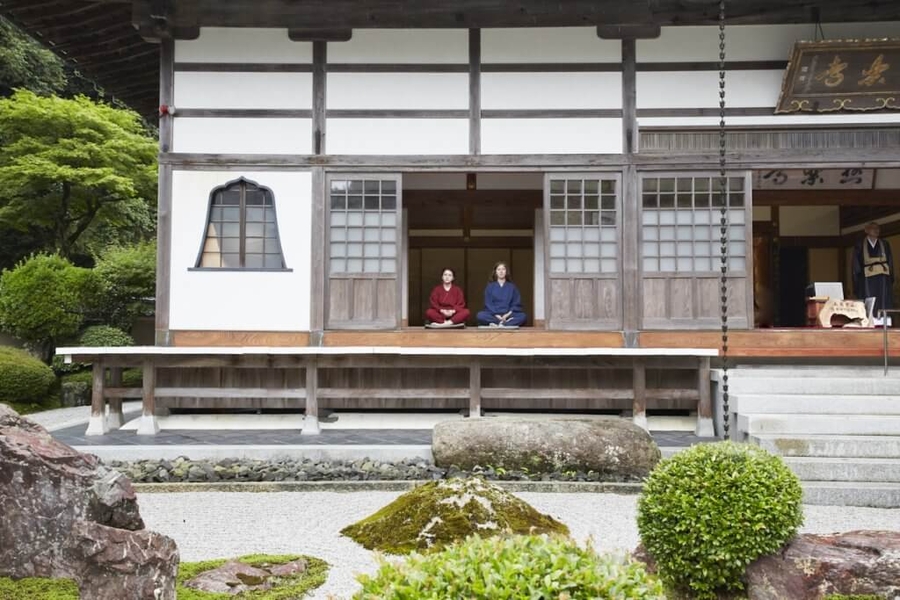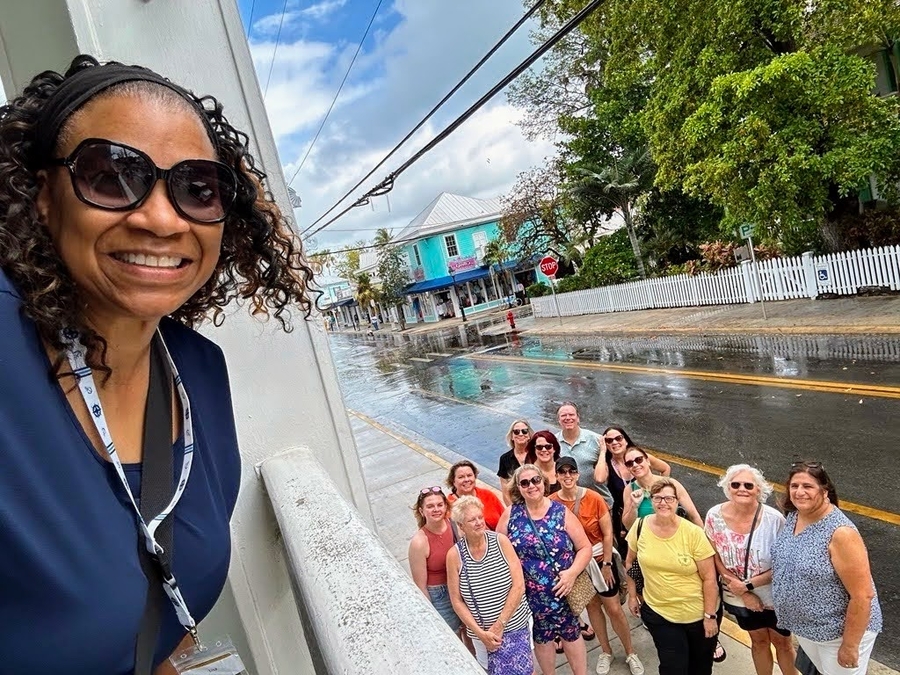Flanked with wind-blown willows and teeming with old-town charm, Kinosaki Onsen has been a
muse for the arts for over a millennium.
KINOSAKI ONSEN, JAPAN, February 09, 2024 /24-7PressRelease/ — Flanked with wind-blown willows and teeming with old-town charm, Kinosaki Onsen has been a muse for the arts for over a millennium. As the promise of seven healing bathhouses lure visitors to Kinosaki Onsen even to this day, many creatives look beyond the mystic hot spring mists in search of artistic inspiration.
Shiga Naoya was one such creative. A writer renowned in literary circles for his existential and autobiographical prose, Naoya made a three-week trip to Kinosaki Onsen after being hit by a train in Tokyo in 1917. Naoya’s creative mind focused on penning a new story, “At Kinosaki,” during his time spent in his guest room at Mikiya Ryokan. While the hot springs succeeded in healing his wounds, some may believe that Naoya’s passion for writing healed his trauma after the near-death experience. Though a century has passed since Naoya’s fateful visit to Kinosaki Onsen, the tranquil hot spring town still welcomes literary creatives and readers alike to find their inner peace.
Some Spots for Mindfulness
Mikiya Ryokan
Naoya’s inn of choice, Mikiya Ryokan boasts not only luxurious guest rooms – a mini in-house library and a reading nook with a view of the inn’s impressive koi pond beckon readers and writers to an escape of serenity and creative revelation. Guests also have the special opportunity to tour the room Naoya himself called home in Kinosaki Onsen.
Kinosaki Onsen Heritage Museum
Tucked away from the crowds on a small residential street, the Kinosaki Onsen Heritage Museum houses multiple exhibits celebrating Naoya’s legacy and ties to the town. Alongside exhibits pertaining to Kinosaki’s history as a haven for the arts, a small book store on the first floor sells multiple works written by local Kinosaki authors.
Book Cafe Un
Book Cafe Un is Kinosaki Onsen’s modern-day twist on the town’s tradition of being a haven for the arts, furnished with mod-art lamps, book sculptures, and even private work spaces inspired by popular symbols found around Kinosaki. Those looking for a cozy retreat during their stay are welcome to pop in for a coffee and some sweets while they browse through the endless walls of books lining the cafe.
Kiyamachi Square
A charming nook teeming with small shops, clip-clopping geta sandals, and yukata-clad shoppers, Kiyamachi Square is not only a souvenir stop, but also an open-air reading corner equipped with tatami mats and wooden benches under an open sky. Grab a drink or sweet from a shop, find an open tatami mat or bench, and get lost in your most recent read.
Gokurakuji Temple
Tucked away in a forested world of its own, Gokurakuji Temple is a lovely hideaway where visitors can practice mindfulness through a guided session of zen meditation. The temple’s rock garden houses a cacophony of tranquil sounds reverberating from the forest nearby, providing an outdoor reader’s retreat.
Onsenji Temple and Mount Daishi
The guardian Buddhist temple of Kinosaki Onsen paints a dramatic view of the town below from its perch atop Mount Daishi, gifting inspiration to many artists throughout the centuries. After a guided tour of the temple grounds, consider taking the Kinosaki Ropeway to the mountain top pavilion with a book and the unmatched view for company.
Start a New Chapter of Travel at Visit Kinosaki
Kinosaki Onsen is a town of time-honored hot springs dating back 1300 years ago. It is home to seven public bathhouses, all located within walking distance of each other and the train station. Guests are encouraged to wear yukata and geta, stroll through the town, and go onsen-hopping.
Toyooka is a downtown area home to the Oriental White Stork, a bird that was revived from extinction in this very town. The city’s efforts restored the Oriental White Stork population, and now over 300 fly the skies of Japan. Toyooka is also known for the Genbudo Caves.
Izushi is the resident castle town, popular for its nostalgic atmosphere of Edo-era Japan. It is home to many interesting attractions such as castle ruins, a samurai house, a kabuki theater, and a clock tower. The town’s specialty is Izushi Sara Soba, buckwheat noodles served in small portions on small plates.
Kannabe is a mountainous area with fun activities year-round. In the winter, one can go skiing, snowboarding, snowshoeing, and sledding. In the warm months, one can go camping, paragliding, fishing, tree climbing, and more. Kannabe is the perfect destination for adventurers.
Takeno is a quaint fisherman town that is a hidden gem among the northern coast of Hyogo Prefecture. The beach has clear, blue waters while the mountains surrounding it offer great hiking opportunities. It is encouraged to stroll through the peaceful town, where one can find small shops and traditional landscapes.
Tanto is a quiet countryside town with magnificent nature—including a giant field of sunflowers in the summer and brilliant red- leaved trees in the fall.
—
For the original version of this press release, please visit 24-7PressRelease.com here



